Product Description
PURPOSE
WHAT IS IT?
Brown sugar is produced by adding refined molasses to refined white sugar crystals to maintain the highly addictive qualities of over-refined sugar. While I know that it’s incredibly common, so is, unfortunately diabetes, owed in large part to our over-consumption of super-purified sugars.
AVOID this, at all costs. There are better choices.
HEALTHIER ALTERNATIVE
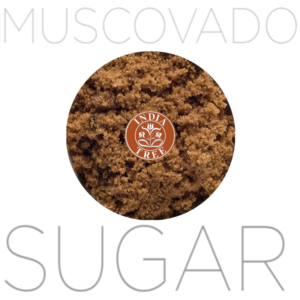 Instead, use real brown sugar, Muscovado. It has the most wonderful, balanced taste. It’s the unrefined juice of burned sugarcane, with both the unrefined natural sugar, at a much lower glycemic index number, as well as a lot of the fiber, which acts as a natural “off” switch to sugar consumption.
Instead, use real brown sugar, Muscovado. It has the most wonderful, balanced taste. It’s the unrefined juice of burned sugarcane, with both the unrefined natural sugar, at a much lower glycemic index number, as well as a lot of the fiber, which acts as a natural “off” switch to sugar consumption.
Purified sugar sells more purified sugar, though. The industry knows that it makes more money with less fibre, and more super-sweet.
To approximate a burned cane, dark brown sugar adds approximately 6.5% molasses, by weight to white table sugar.
EXPERIENCE
Stripping the sugar of its molasses, and reprocessing it, means a stronger molasses taste, and the rush of a more purified sucrose. A blackstrap caramel flavor, with an added moisture content.
If you want to control the molasses content, and muscovado is too rich, you can:
- Use coconut, or palm sugar for a mid-grade brown that’s not overly sweet;
- Add molasses, to your taste, or recipe, to far less processed organic cane sugar.
STORAGE CONSIDERATION
Brown sugar must be kept in a low-air-exposure container, to retain its original moisture content. Exposed to air, it may harden, as the moisture evaporates out. Hard brown sugar can be softened by LIGHTLY ( one to two sprays) spraying with a 95% to 5% mix of water to a non-odorant vegetable oil, like avocado oil. Allow it to sit for an hour, or so, covered.
CULINARY GEOGRAPHY
Sugar cane is any one of several species of true tall perennial seed grasses. They are native to tropical, and subtropical, regions. Its origins are in South Asia, but its popularity as a stimulant, and a cheap energy food, has transplanted it to every warm climate that will sustain it. Every cuisine, everywhere in the world, has a use for sugar.
TRADITIONAL USES
- Gingerbread cookies;
- Barbecue sauce;
- Muffins, and breads;
- Sweet plantains.
A FEW IMPROVISATIONAL RIFFS:
- I will not use this stuff because of its high glycemic index, relative to Muscovado sugar. If I need a lighter brown sugar, I use either coconut sugar, palm sugar, or molasses with a little organic cane.
THE BACKSTORY
Sugarcane is the world’s largest crop. 75-80% of the world’s sugar comes from it. The remainder generally comes from beets.
MY TAKE
Spicejungle makes one of the better blends for brown sugar, because their ingredients are better. That being said, knowing findings on obesity, and how the fructose in sucrose, without any “off” switch, is a key contributor to both that, and the diabetes epidemic in the Northern hemisphere, I can’t recommend the product at all. I put it in to educate you, my home chefs, as to how to move on, and, like high fructose corn syrup breads, or cereals, tell Big Sugar that you reject putting toxins into your family’s bodies.
Get top quality from our friends at SpiceJungle.

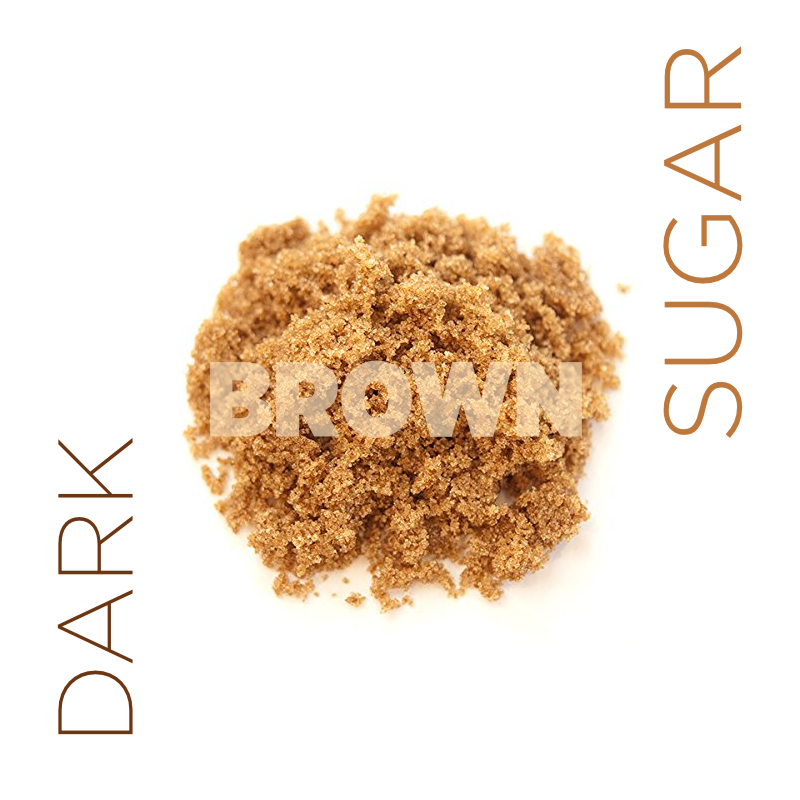
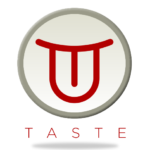
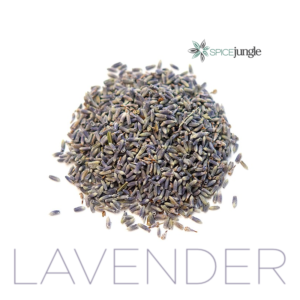
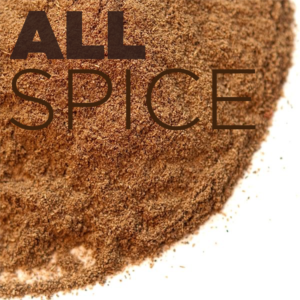
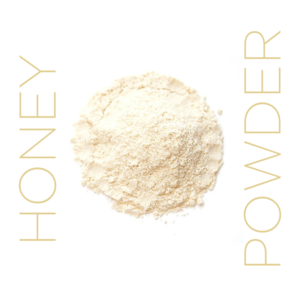
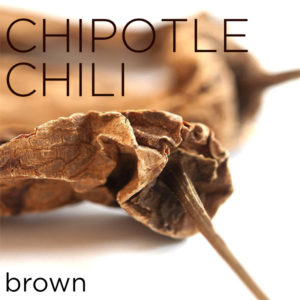
Reviews
There are no reviews yet.